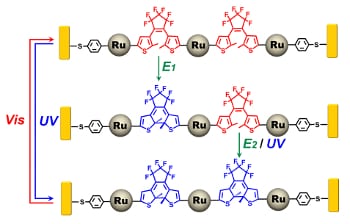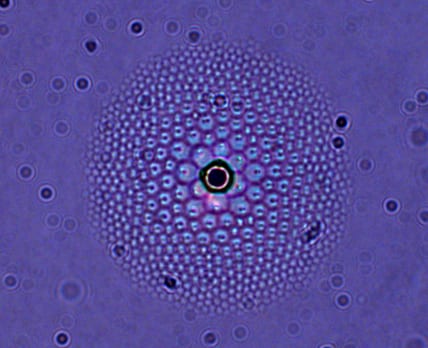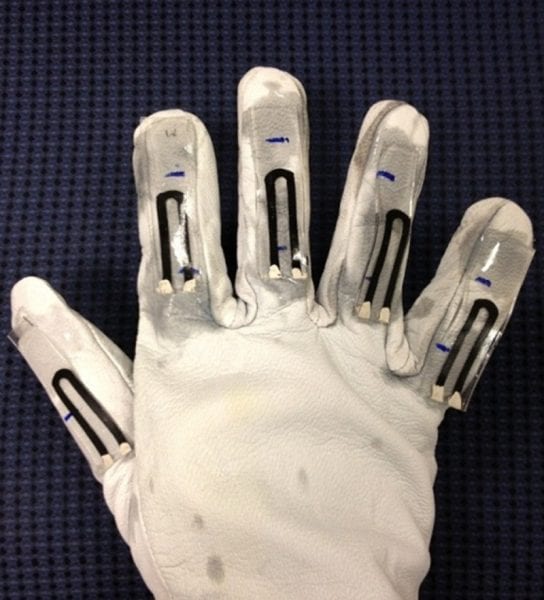Researchers have achieved the first photo/electro co-modulation of molecular transport junctions based on chemically fabricated nanogaps.


Researchers have achieved the first photo/electro co-modulation of molecular transport junctions based on chemically fabricated nanogaps.

Nanoparticles can carry two different anti-cancer drugs and deliver them to separate parts of the cancer cell where they will be most effective.

New liquid crystal ensemble resembles a compound eye and can be used as a lens.

Single-particle study identifies possible path to improved conversion of sunlight to electricity in photovoltaic devices.

Experiments at NIST aim to answer questions about environment and health risks of aging plastics.
Researchers develop polymer-based mucus-penetrating particles (MPP) loaded with paclitaxel, a frontline chemo drug.

Researchers in Singapore have developed method to fabricate stretchable graphene nanopaper for use in strain detectors.

Researchers at Berkeley Lab’s Molecular Foundry create first soluble 2D supramolecular organic frameworks.

Researchers have created a new type of molecular motor made of DNA and used it it to transport a nanoparticle along the length of a carbon nanotube.
Physicists have developed a “planet-satellite model” to precisely connect and arrange nanoparticles in three-dimensional structures.